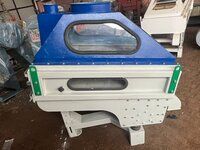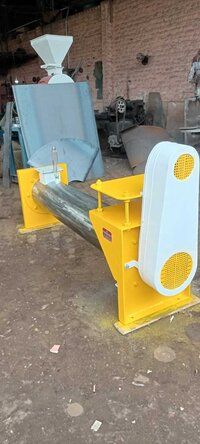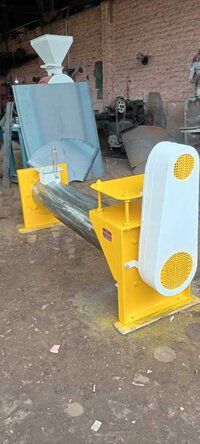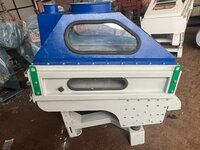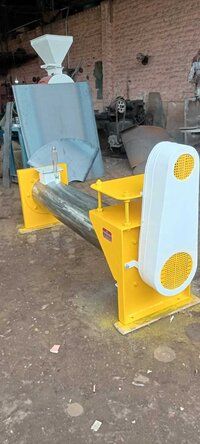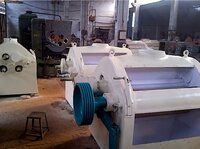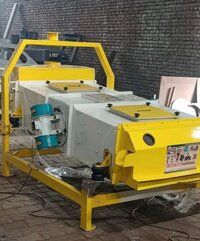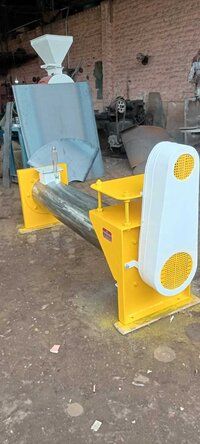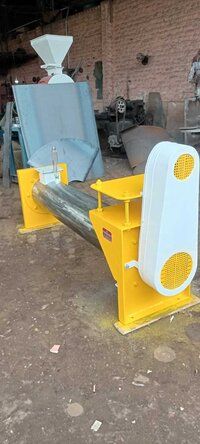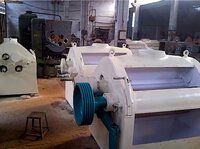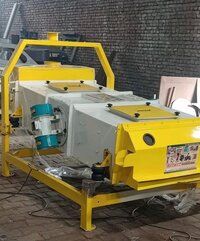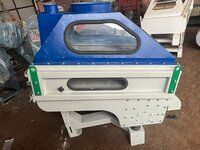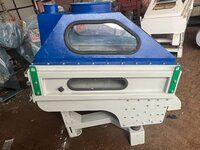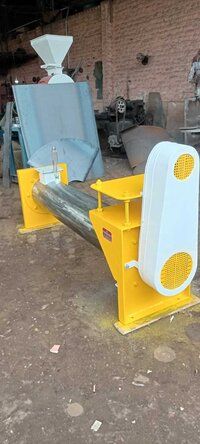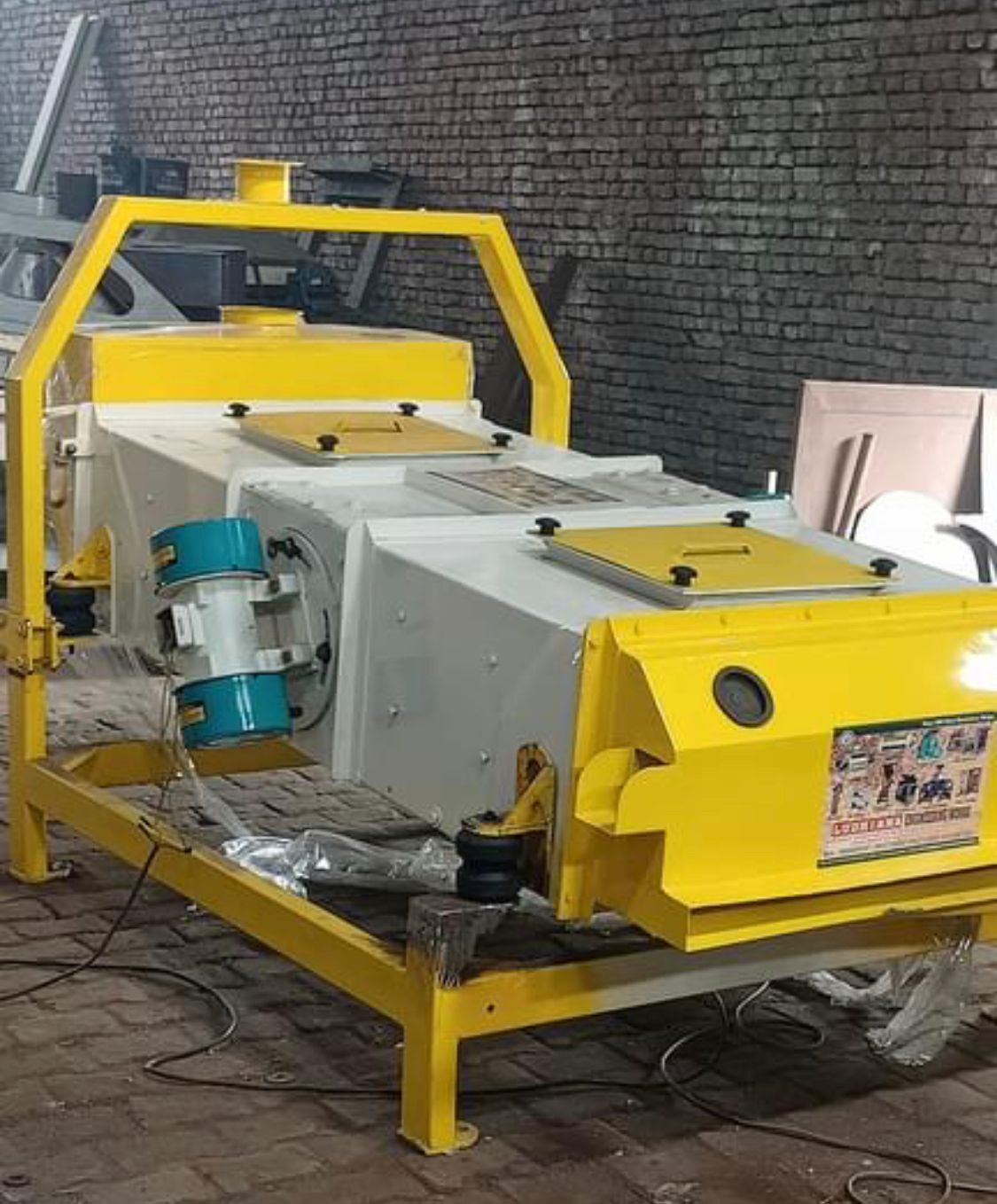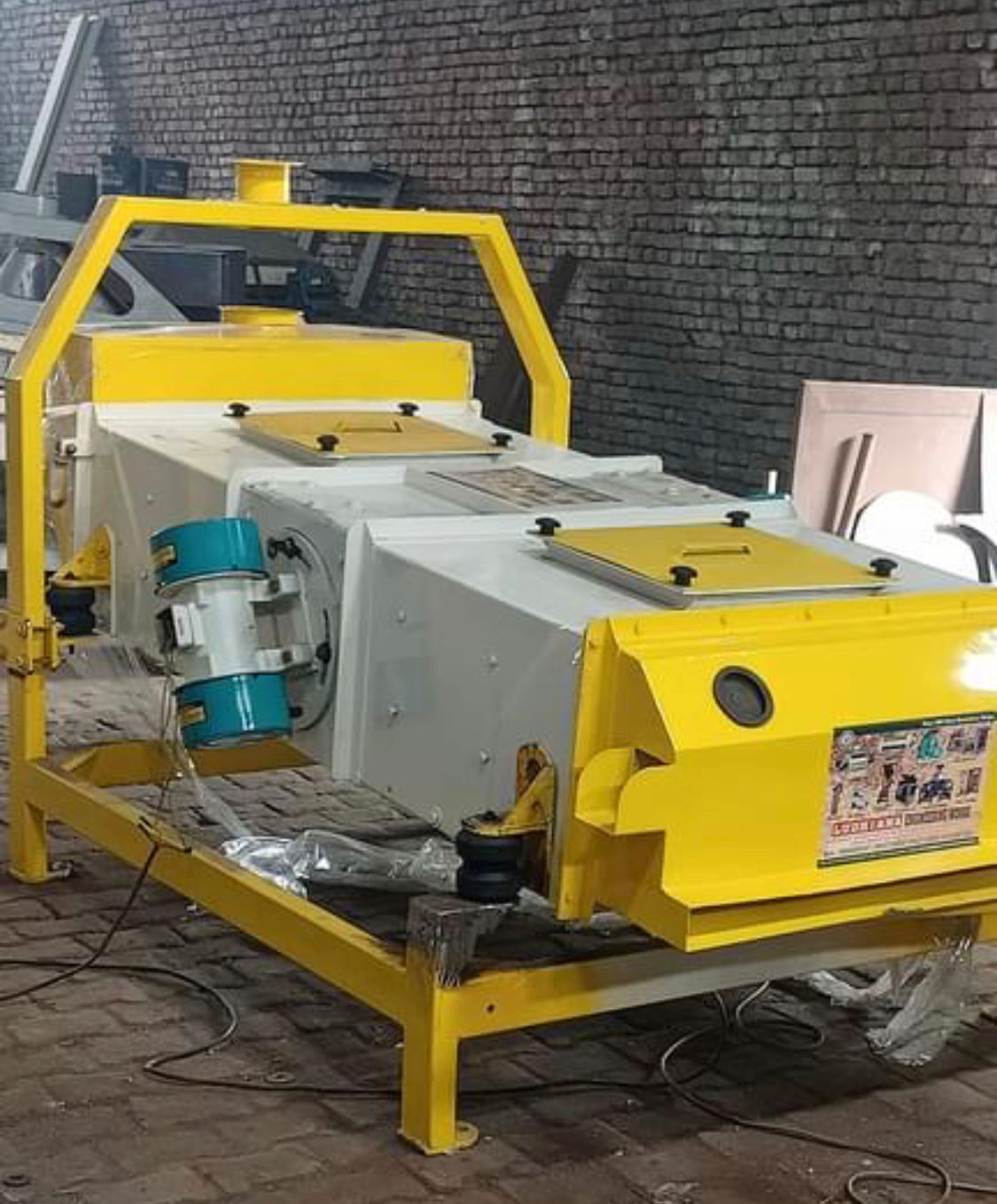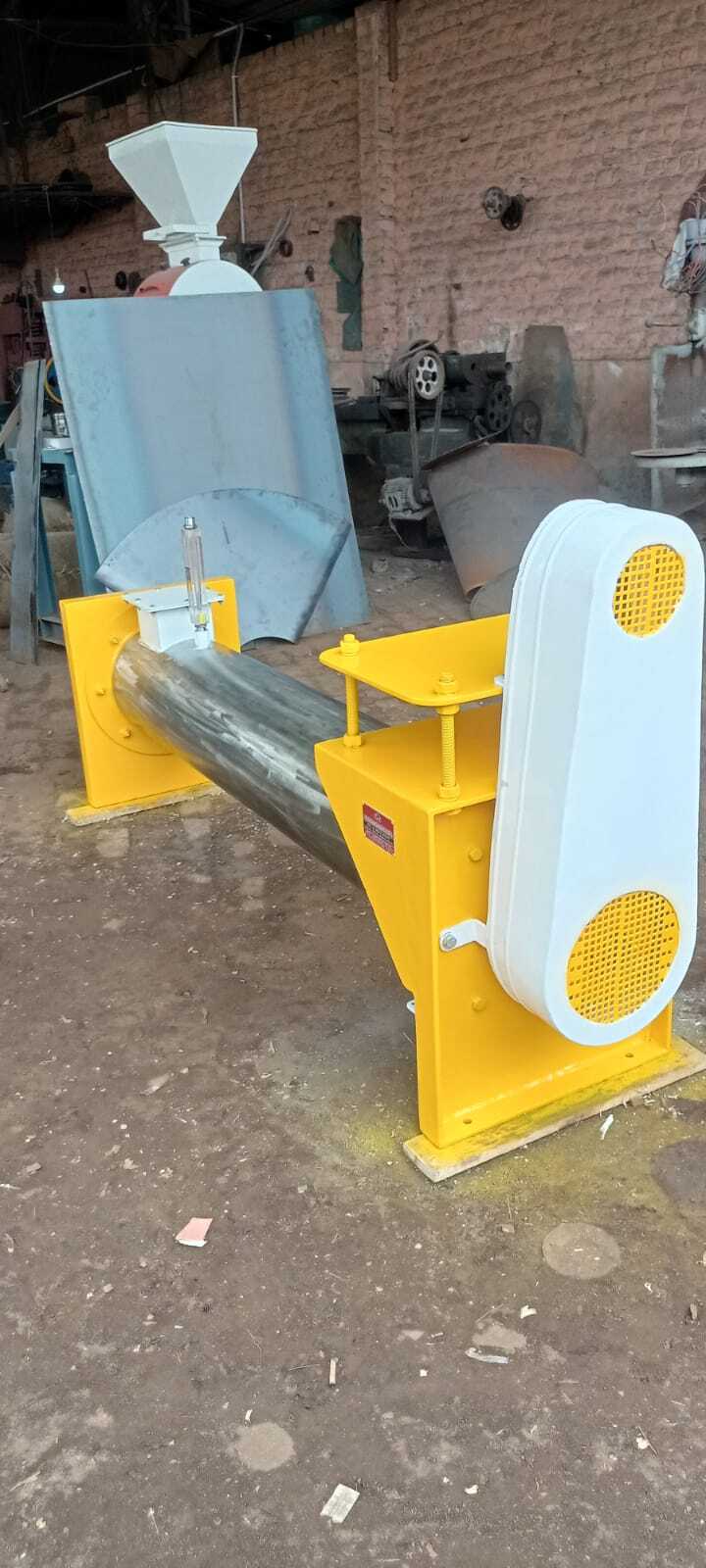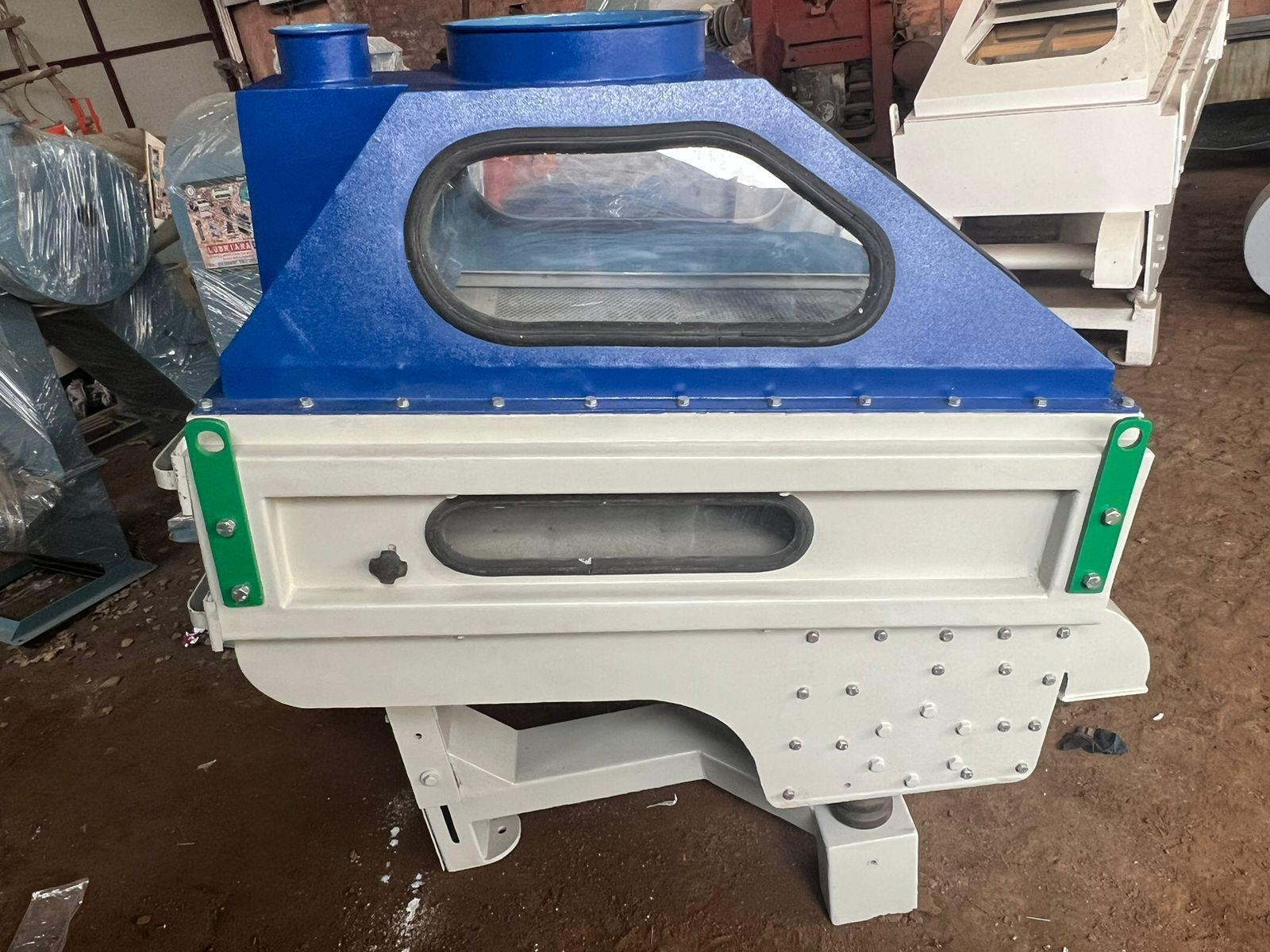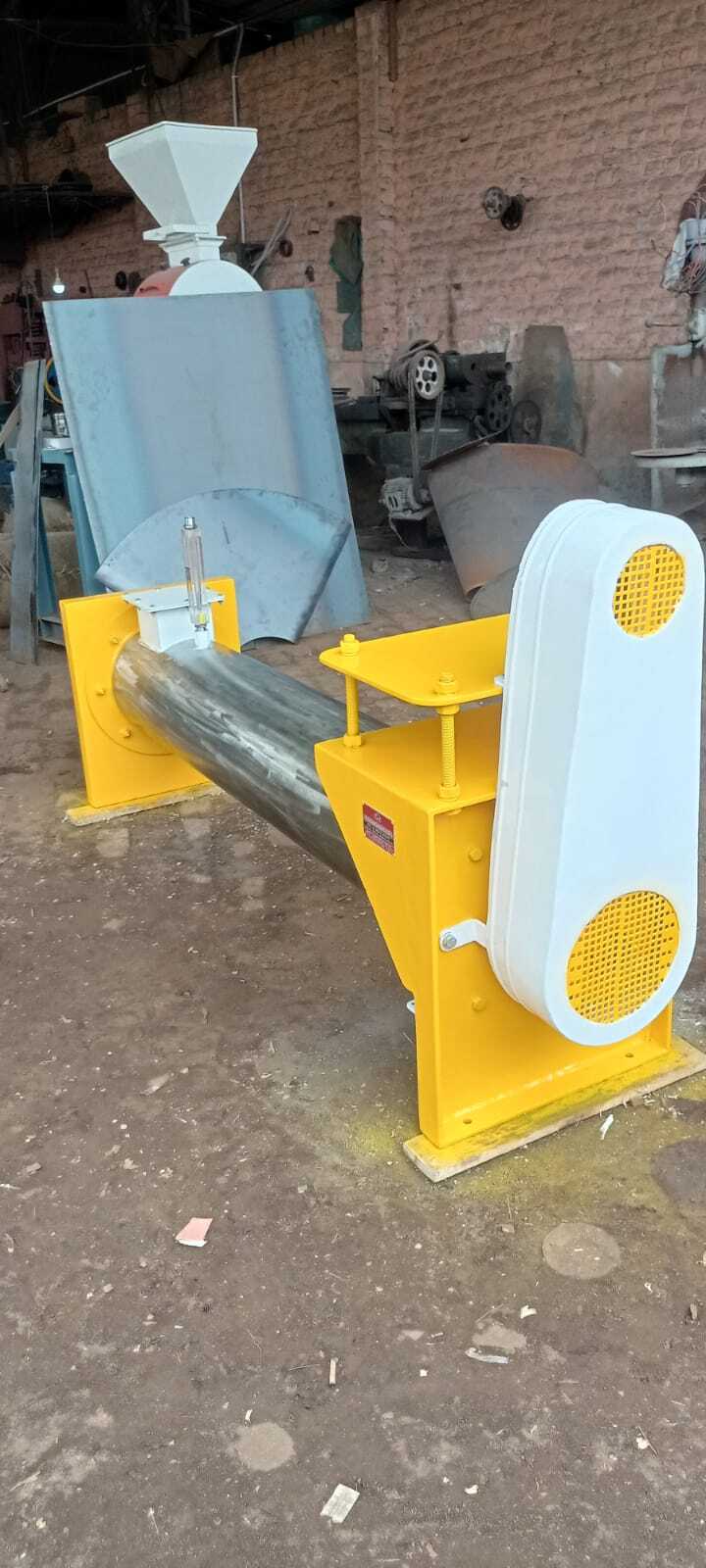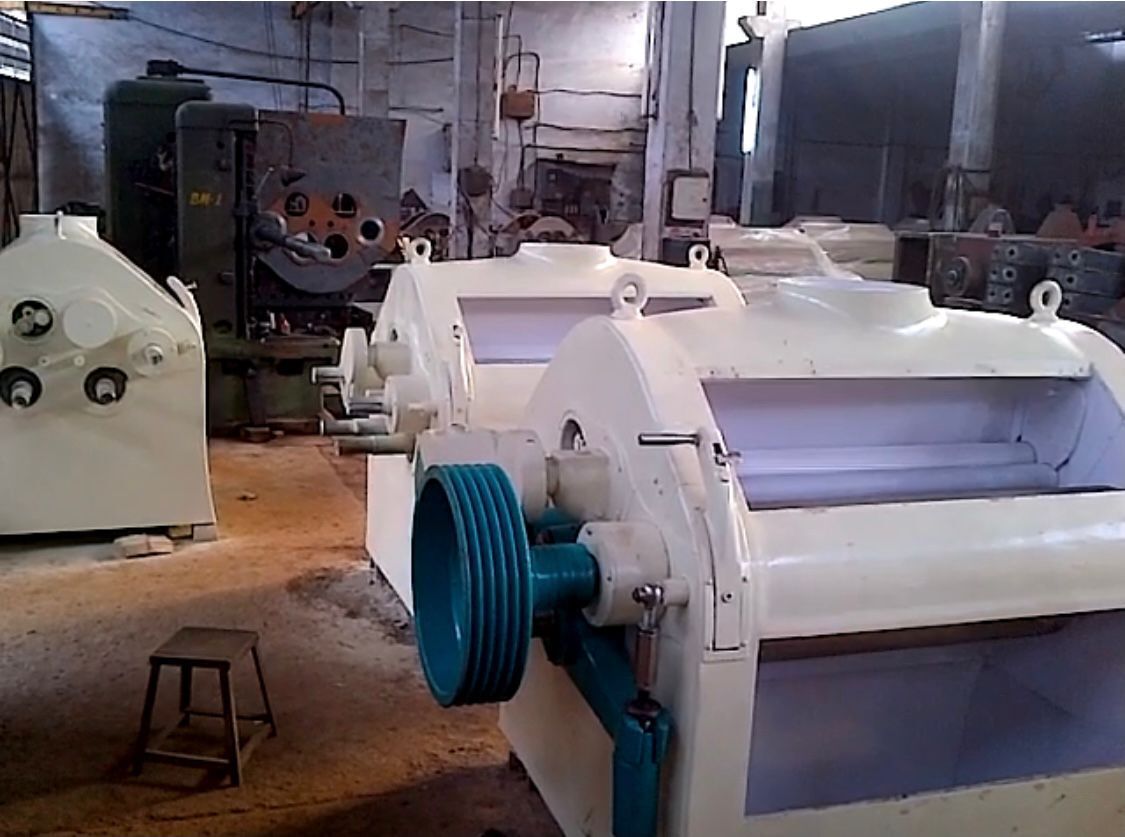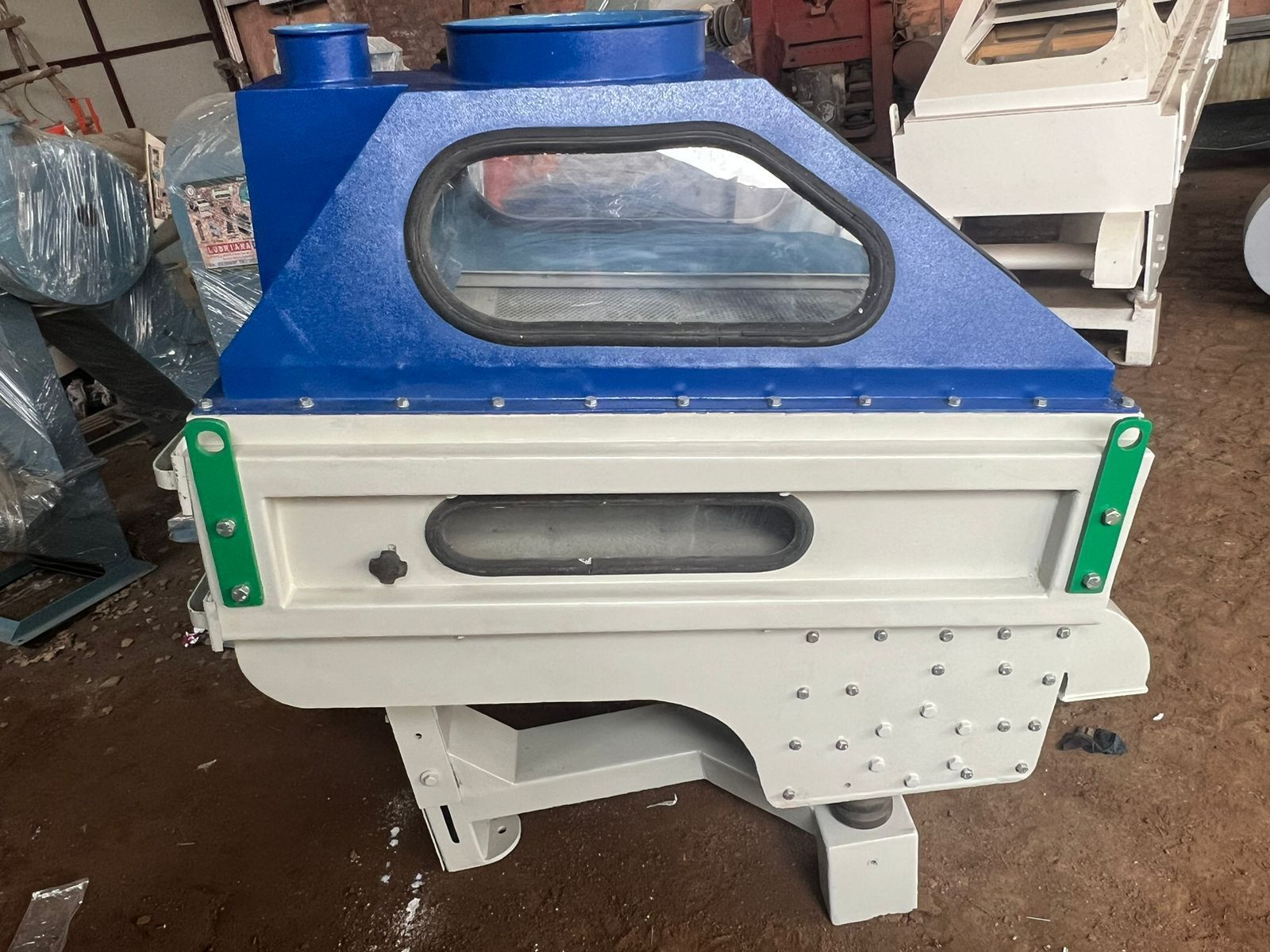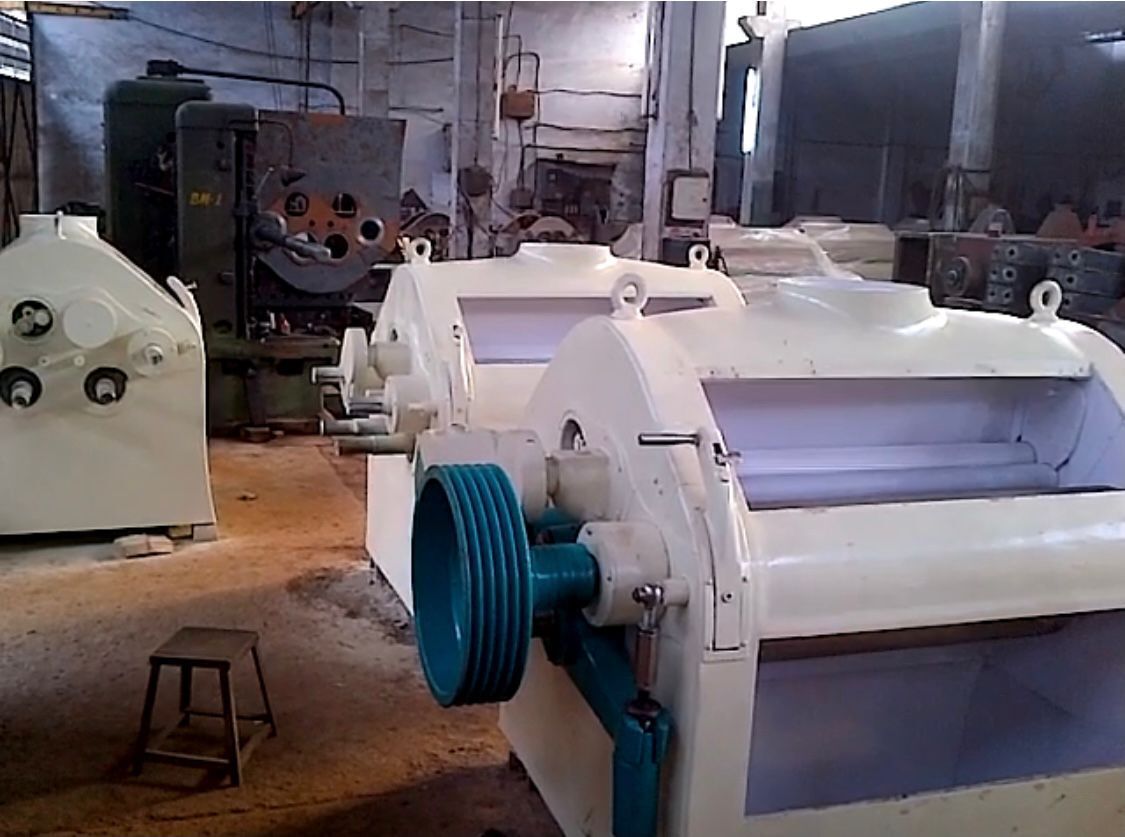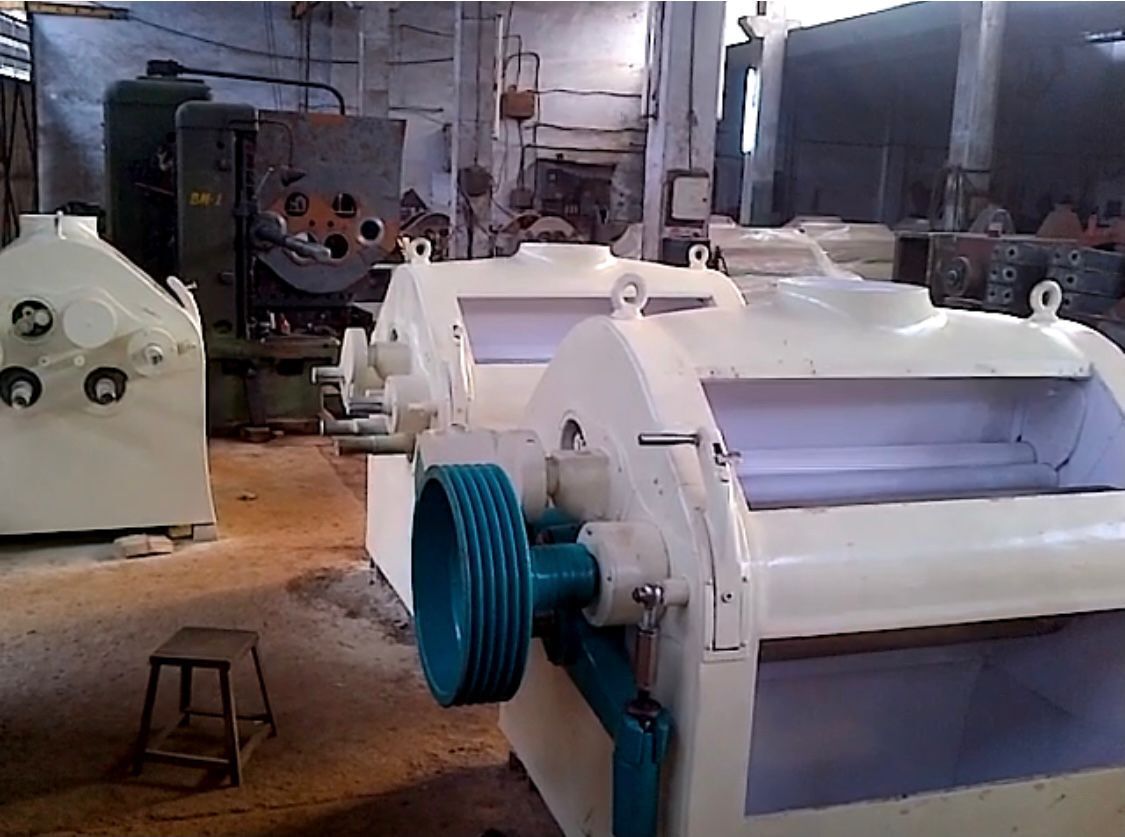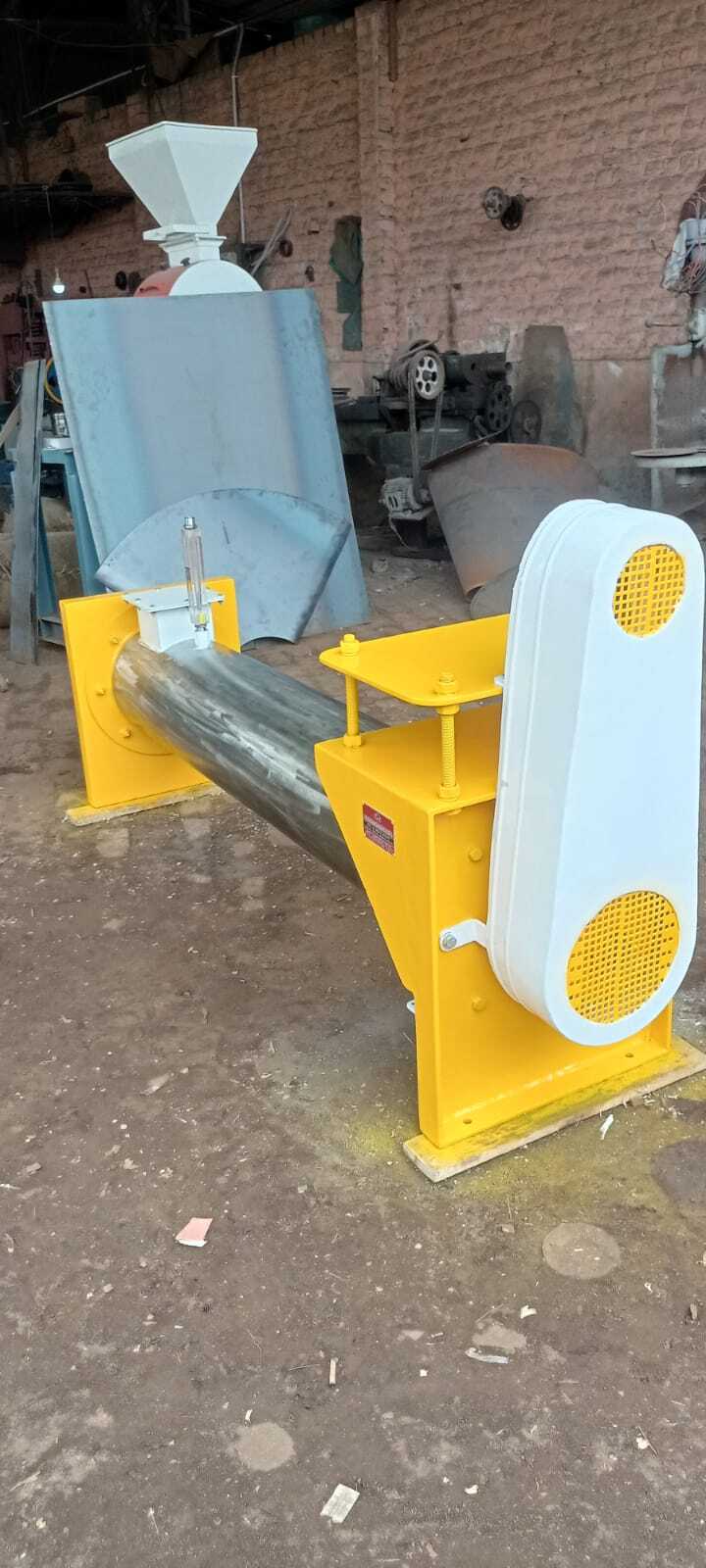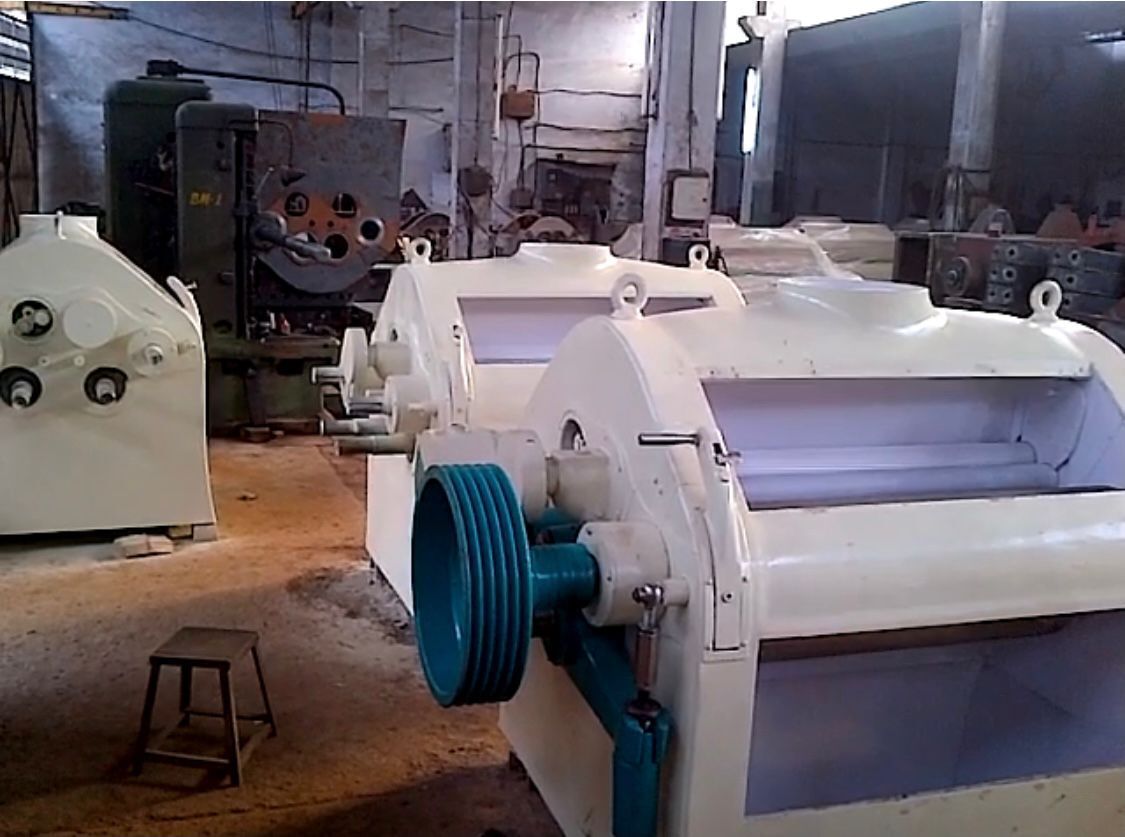Maida and Suji Making Plant
4500000 INR/Plant
Product Details:
- Product Type Maida and Suji Making Plant
- General Use Maida and Suji Making
- Material Cast Iron
- Type Flour Grinding Machine
- Computerized No
- Automatic Yes
- Control System PLC Control
- Click to View more
X
Maida and Suji Making Plant Price And Quantity
- 1 Plant
- 4500000 INR/Plant
Maida and Suji Making Plant Product Specifications
- No
- Roller Mill
- Compact Structure, High Efficiency
- Maida and Suji Making
- Maida and Suji Making Plant
- Flour Grinding Machine
- Wheat
- Yes
- Cast Iron
- PLC Control
Maida and Suji Making Plant Trade Information
- 10 Plant Per Year
- 30-45 Days
Product Description
Tell us about your requirement

Price:
Quantity
Select Unit
- 50
- 100
- 200
- 250
- 500
- 1000+
Additional detail
Mobile number
Email










